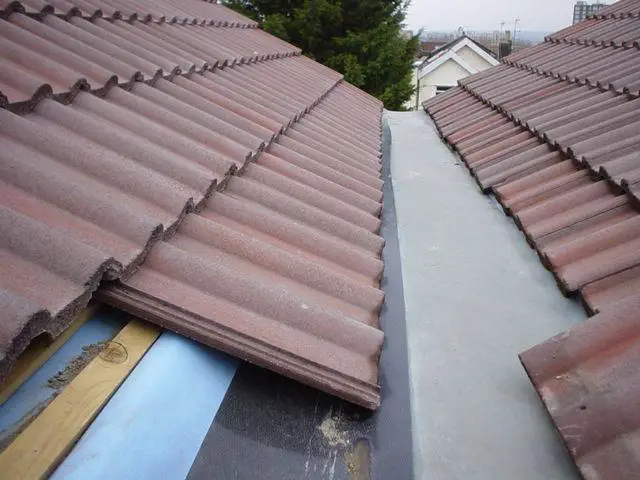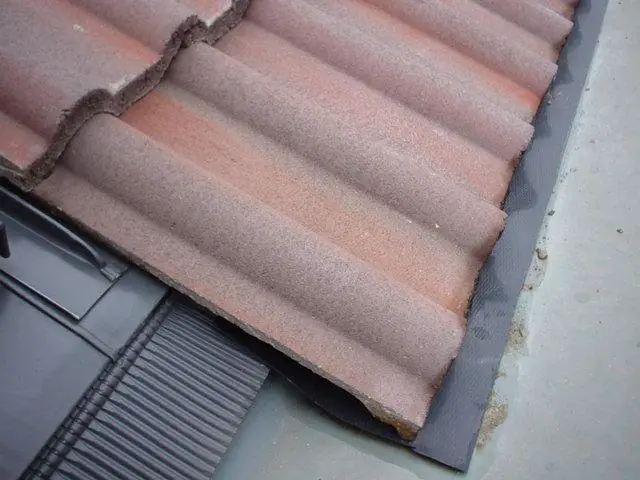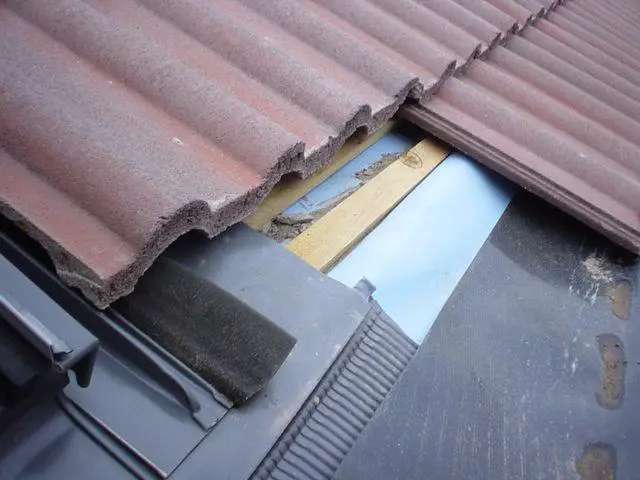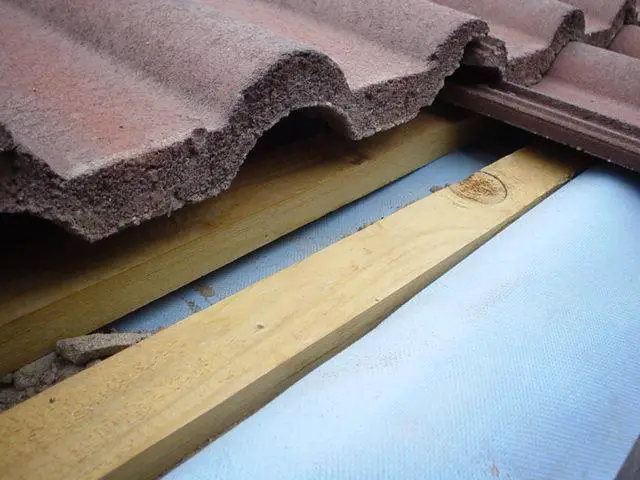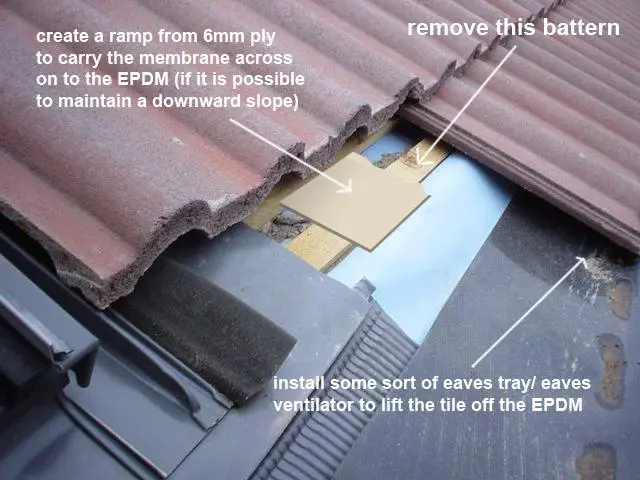Hi
I've had various troubles with my new roof - but I've just checked how the valley is done, and I can only come to the conclusion that it is wrong, but would like more experienced opinions please.
The valley is EPDM (couldn't afford lead), but it is thick Rhepanol.
Personally, I am convinced that I need some sort of support for the tiles (they just lie onto the valley). Could I place some eaves trays under the tiles to stop the front edges of the tiles applying pressure to the EPDM
Also - take a look at the pics:
The membane comes down the slope of the roof, goes under the last 2 batterns and then up over the valley boards (the valley boards lie on top of the rafters, not flush to them). Surely this creates a gutter in the membrane, meaning that if the tiles fail, the water will run down the membrane and collect in the mebrane gutter, and not run out on to the EPDM gutter? Thereby, pretty much meaning the membrane can't perform it's main task.
Also, I've had a bit of trouble with condensation in the cold snap and I'm pretty much convinced this design means there is way to little ventilation from the 'eaves'.
Can you give your opinions please?
Thanks
I've had various troubles with my new roof - but I've just checked how the valley is done, and I can only come to the conclusion that it is wrong, but would like more experienced opinions please.
The valley is EPDM (couldn't afford lead), but it is thick Rhepanol.
Personally, I am convinced that I need some sort of support for the tiles (they just lie onto the valley). Could I place some eaves trays under the tiles to stop the front edges of the tiles applying pressure to the EPDM
Also - take a look at the pics:
The membane comes down the slope of the roof, goes under the last 2 batterns and then up over the valley boards (the valley boards lie on top of the rafters, not flush to them). Surely this creates a gutter in the membrane, meaning that if the tiles fail, the water will run down the membrane and collect in the mebrane gutter, and not run out on to the EPDM gutter? Thereby, pretty much meaning the membrane can't perform it's main task.
Also, I've had a bit of trouble with condensation in the cold snap and I'm pretty much convinced this design means there is way to little ventilation from the 'eaves'.
Can you give your opinions please?
Thanks


